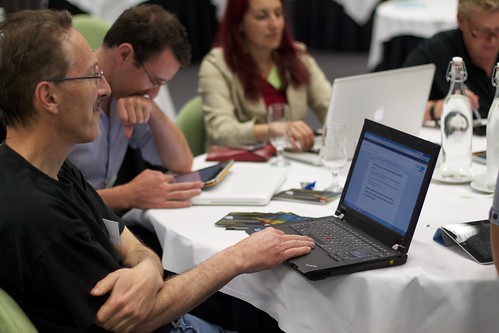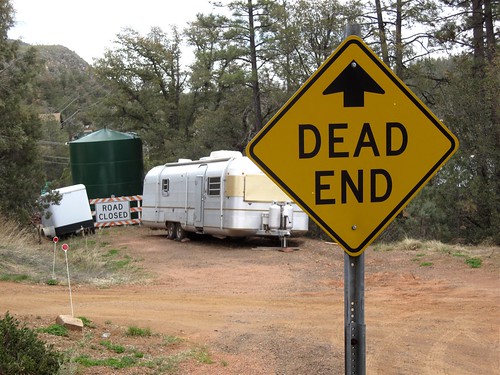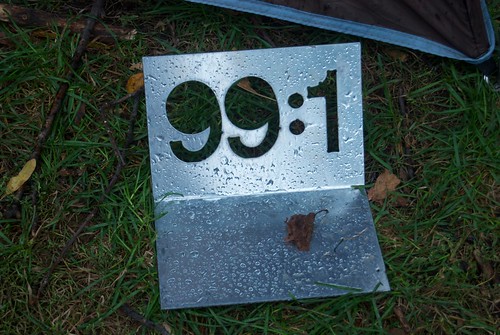There are so many possibilities there for students. They have a choice to grab the five random cards to write their stories.
The students can write their stories and share on the site.
They can write the stories and give each other's stories the title of their peers' stories.
The teacher could assign the picture cards and see what students come up with and then compare to the original story posted on the site. Take, for example, this very short story. The teacher could show the pictures to students, give them the guidelines, they could write the stories, compare each other's stories and then check what the author came up with.
Five Card Story: The Best Thing about a Mac
a PLP ConnectU story created by tesuque
flickr photo by cogdogblog

flickr photo by cogdogblog

flickr photo by cogdogblog

flickr photo by AJ Wms

flickr photo by giulia.forsythe
Had a PC. Fed up with trojans.Bought a Mac. Finally saw the light! Practically no viruses!
So much to explore in the realm of digital storytelling, but my advice is always to keep it simple and fun for you and your learners.

I am a huge fan of Alan and his 5 card flickr project. We have been using that tool for many years in my Spanish conversation class and it is wonderful.
ReplyDeleteHere are some of the examples of stories that my students have created and archived on the site: http://5card.cogdogblog.com//show.php?suit=hisp205
It would be great if more people could tag their (open) Flickr photos to be used via this site! The more the merrier!
Barbara
Nice, Barbara. I keep all my photos in flickr with creative commons license. I'm surely going to check your students' work. By the way, loved your blog!
Deleteestimated 9 million out LGBT people in the US alone. That estimate reflects only a slightly less thคาสิโนออนไลน์an 4% of the entire population, yet we hear that more than 9% of the population is actually gay. Our community is still struggling for equal
ReplyDelete